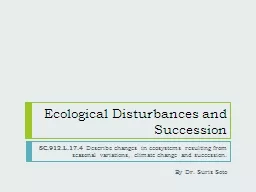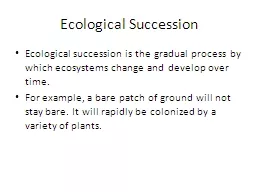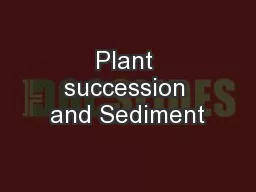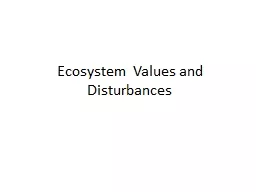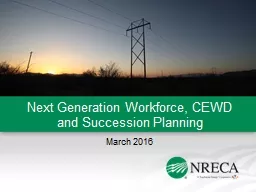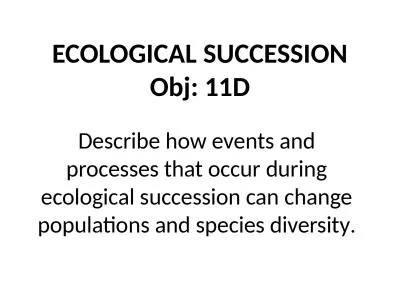PPT-Ecological Disturbances and Succession
Author : tawny-fly | Published Date : 2017-07-31
SC912L174 Describe changes in ecosystems resulting from seasonal variations climate change and succession By Dr Suris Soto What Is Disturbance A disturbance Is an
Presentation Embed Code
Download Presentation
Download Presentation The PPT/PDF document "Ecological Disturbances and Succession" is the property of its rightful owner. Permission is granted to download and print the materials on this website for personal, non-commercial use only, and to display it on your personal computer provided you do not modify the materials and that you retain all copyright notices contained in the materials. By downloading content from our website, you accept the terms of this agreement.
Ecological Disturbances and Succession: Transcript
Download Rules Of Document
"Ecological Disturbances and Succession"The content belongs to its owner. You may download and print it for personal use, without modification, and keep all copyright notices. By downloading, you agree to these terms.
Related Documents

